Hey Terry, with pleasure. The only 2 things to watch for are to not place the mic on anything that can transmit a lot of vibrations in to the mic and to be super careful of air leaks. Because the mic is contained within the "bellows area" it captures the left and right hands easily enough even with large bellows like on my Morino VI N.
A picture is worth a thousand words... lol:
Factory original. This dead mic was replaced with a mic cabsule from another mic
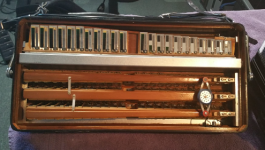
Remove the factory mic. This rubber part came from Hohner. If possible I would suggest a little DIY and creating something similar:
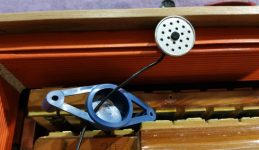
This is the mic capsule from a mic I had laying around:
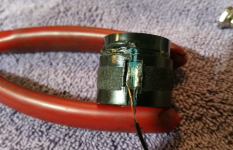
Once installed:
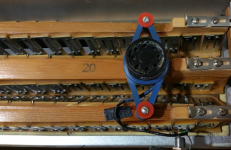
From the factory, there is a plug that is air-tight and that the factory connector/cable clamps on to:
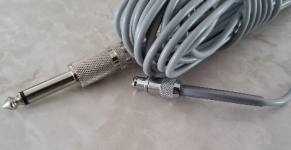
You would need to drill in to the area that is accessible inside the case or drill from under the grill in to the inner case to pass the wire in and use a bit of good silicone to seal the hole on both sides and then drill a hole in the grill to which you could attach the plug to. Since you are talking MONO, a single 1/4" female mono plug is all that gets placed on the accordion.
To get it working on an amp this is all that you would need, however the output is low if you want to record from this, so an external pre-amp makes all the difference. There are a ton of options out there, but I use this and it works great!:

Hope that helps some!









